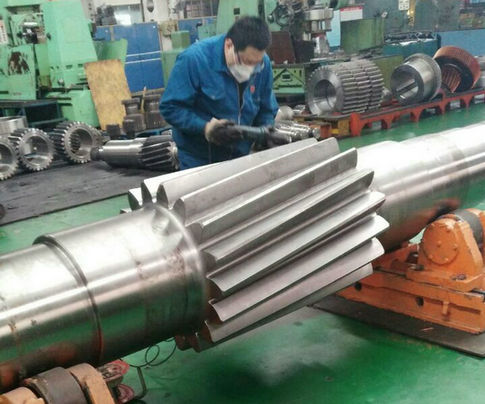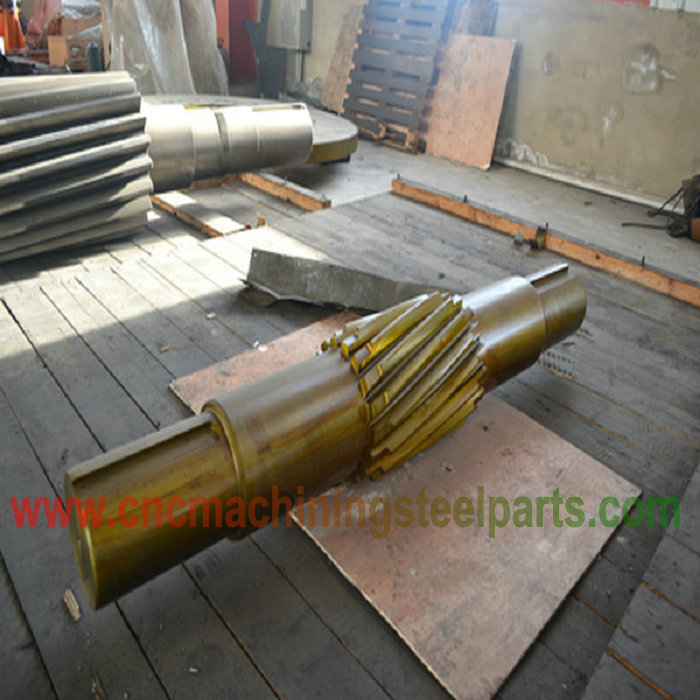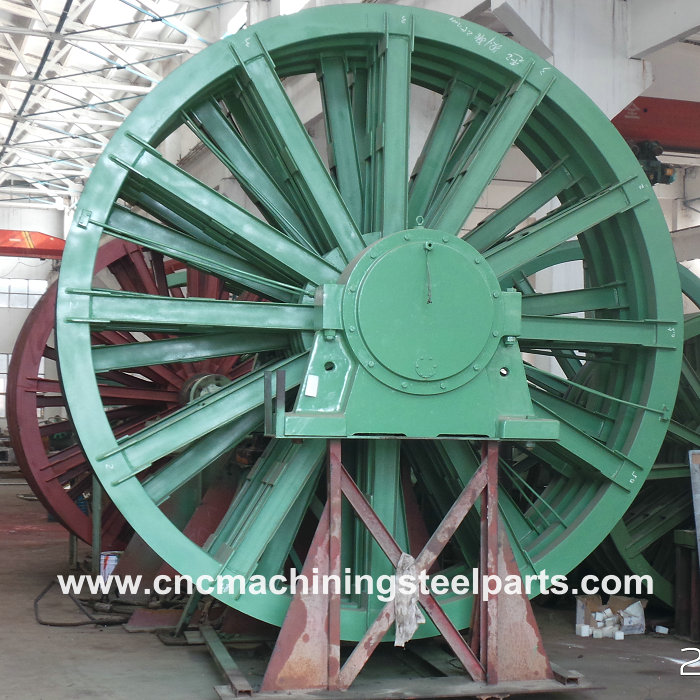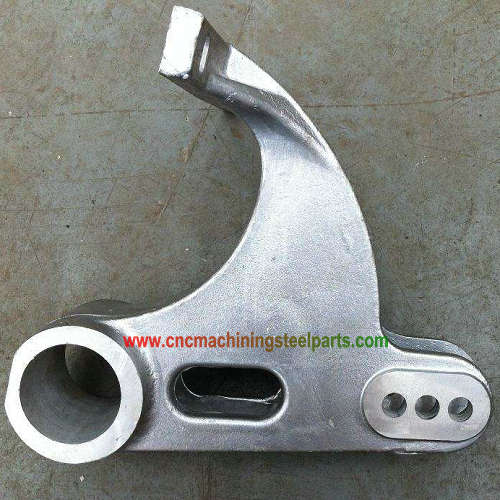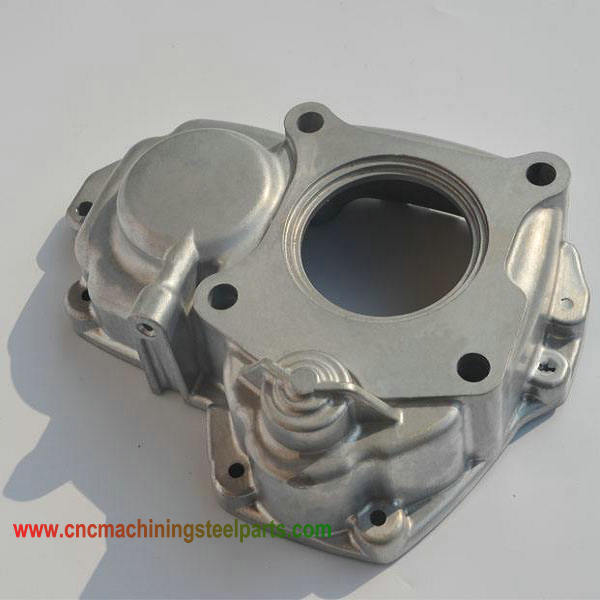Description
CNC Machining Forging Steel Gear Shaft Refers To a Mechanical Part That Supports Rotating Parts And Rotates With Them To Transmit Motion, Torque Or Bending Moment. Generally, It Is a Metal Rod With Different Diameters. The Rotating Parts Of The Machine Are Mounted On The Axle.
Helical Gear Shaft
Herringbone Gear Shaft
Spur Gear Shaft
Gear Shaft Classification
According To The Shape Of Axes, Axles Can Be Divided Into Crankshaft And Straight Axle.
According To The Bearing Capacity Of The Shaft, It Can Be Divided Into:
(1) Rotary Shaft, Which Bears Both Bending Moment And Torsion When Working, Is The Most Common Axis In Machinery, Such As The Shaft In Various Reducers.
(2) Mandrels, Which Are Used To Support Rotating Parts, Only Bear Bending Moment But Do Not Transmit Torque. Some Mandrels Rotate, Such As The Axles Of Railway Vehicles, And Some Mandrels Do Not Rotate, Such As The Axles Supporting Pulleys.
(3) The Transmission Shaft Is Mainly Used To Transfer The Torque Without Bearing The Bending Moment, Such As The Long Optical Axis In The Mobile Mechanism Of The Crane, The Driving Shaft Of The Car, Etc.
Design And Application Of Gear Shaft
In The Design, The Use Of Gear Shafts Is Generally As Follows:
1, Gear Shafts Are Usually Pinion Gears (Gears With Fewer Teeth).
2, Gear Shafts Are Usually In The High-Speed Stage (i.e. The Low-Torque Stage).
3, Gear Shafts Are Seldom Used As Sliding Gears With Variable Speed. They Are Usually Gears With Fixed Operation. One Reason Is That They Are In The High Speed Stage, And Their High Speed Is Not Suitable For Sliding Gears.
4, Gear Shaft Is a Combination Of Shaft And Gear, But In Design, The Length Of The Shaft Should Be Shortened As Far As Possible. Too Long Is Not Conducive To The Processing Of Hobbing Machine. Second, The Support Of The Shaft Is Too Long, Which Leads To The Shaft To Be Thicker And Increase The Mechanical Strength (Such As Rigidity, Deflection, Bending Resistance, Etc.)
Gear Shaft Scope:
Spur Gear Shaft
Helical Gear Shaft
Herringbone Gear Shaft
Materials We Can Choose As Below:
♠ High Quality Carbon Structural Steel: 20, 35, 45, 50, 55, 16Mn, 50Mn
♠ Carbon Tool Steel: T8 , T10
♠ Oil And Pressure Vessel Forging Steel : 16Mn, 20, 15CrMo, 20MnMo, 20MnMoNb, 35CrMo, 12Cr1MoV, 12Cr1MoV(P22), 14Cr1Mo, 20SiMn2MoV, SA-336F11CL3, SA-182F11CL3, SA-266/SA-266M, 25CrNiMo, 30CrMo, SA-336Cr.F22CL3, SA350-LF2, 21/4Cr1Mo
♠ Military Product Forgings: D406(30Si2MnCrMoVE)
♠ Power Station Forging: 26NiCrMoV14-5, 34CrMo1A
♠ Bearing Steel: GCr15, GCr15SiMn, G20Cr2Ni4A, GCr18Mo, 9Cr18Mo
♠ Alloy Structural Steel: 20~50SiMn, 40Cr, 42CrMo, 20~45CrMnMo, 45CrNiMnMo, 37SiMn2MoV, 40CrNiMoA, 40CrNi2MoA, 34CrNi3MoA, 34CrNiMo6, 30CrNiMo8, 20CrNi2MoA, 17CrNiMo6, 30Cr2Ni2Mo, 38CrMoA/A, 25Cr2Ni4MoV, 18Cr2Ni4W,
♠ Metallurgical Machinery Forgings Steel : 55Mn2, 60CrMnMo, 60CrNiMo, YB-15, 9Cr2Mo, 9Cr2MoV, 45Cr3NiMoV, 45Cr4NiMoV, 45Cr5NiMoV, 86CrMoV7, MC3, MC3A,
♠ Abrasive Steel : H13, B2, P20, 718, 5CrMnMo, 5CrNiMo.
